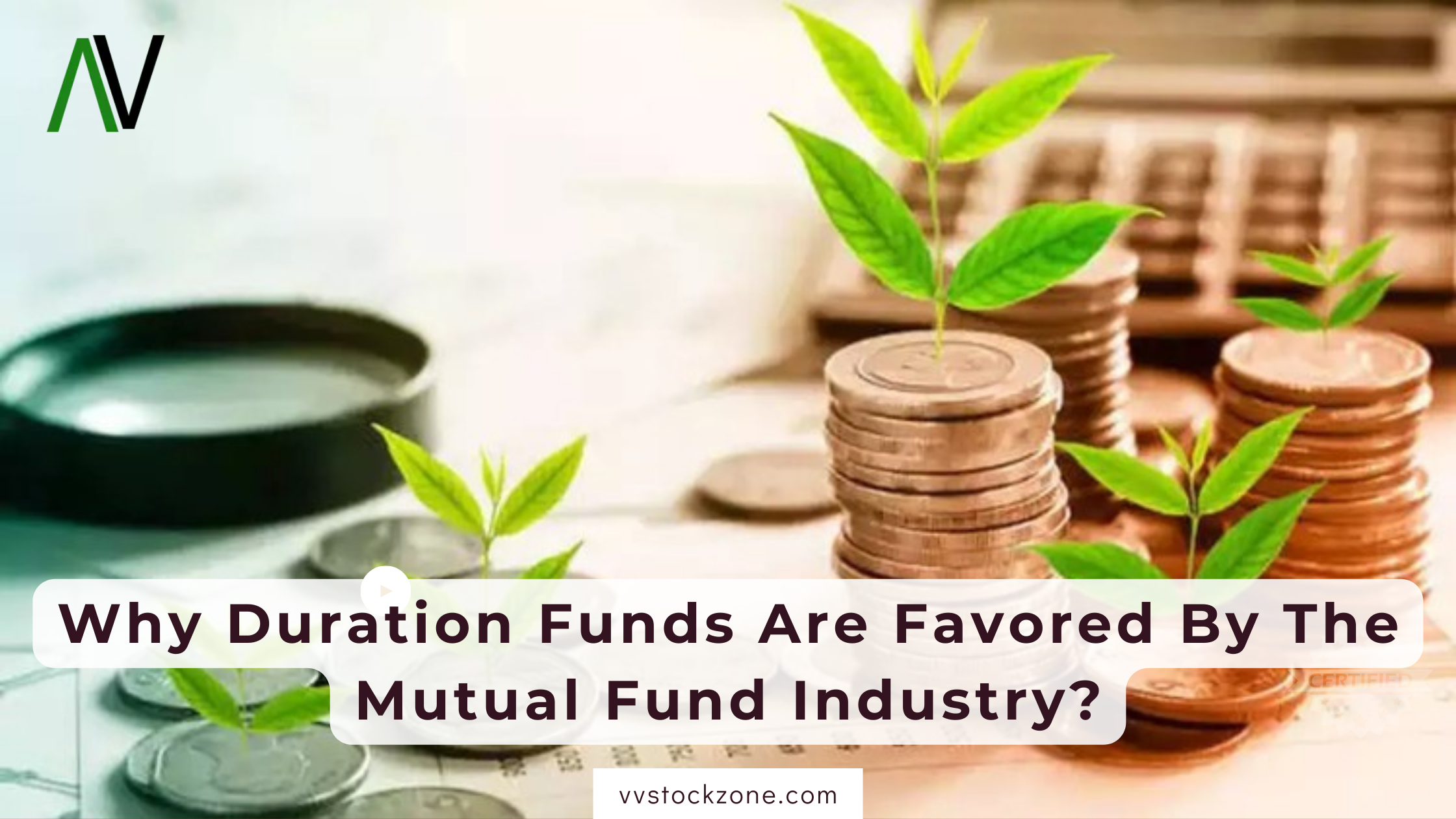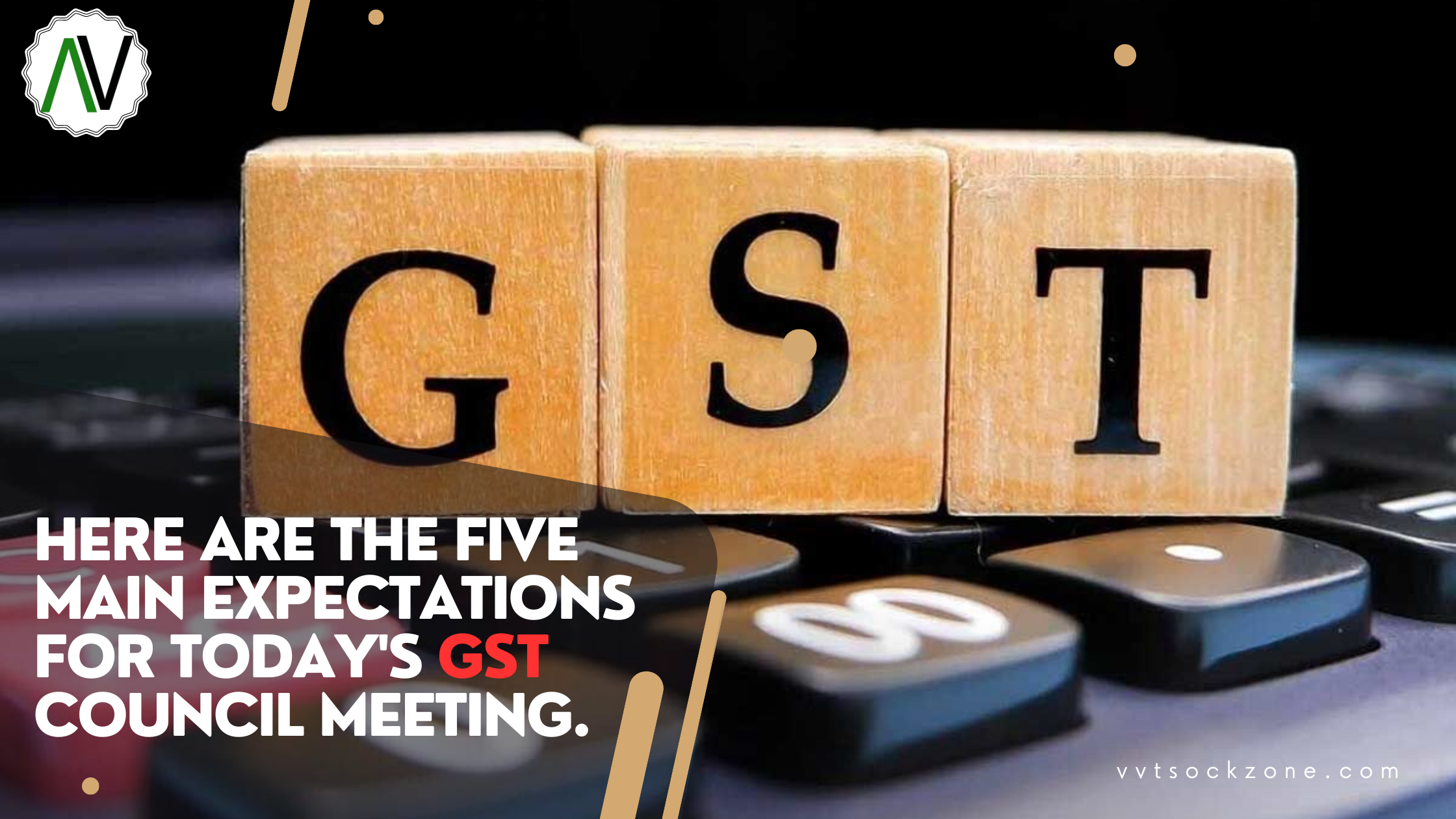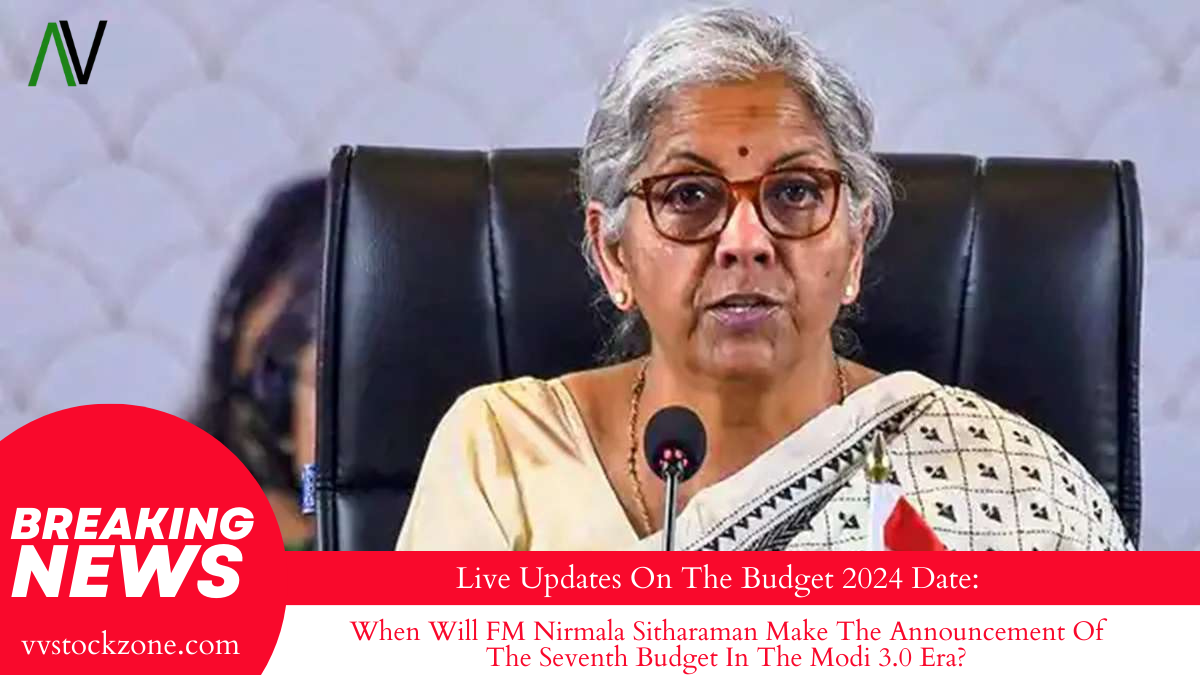Thematic funds are equity mutual funds that invest in stocks tied to a theme. These funds are more broad-based then sectoral fund, as they pick companies and sectors united by an idea.
Over the past few years, theme funds have become incredibly popular. According to AMFI data, sectoral and theme funds accounted for 12% of all AUM in equity funds in November 2023, up from just 8% in the months prior to the pandemic.
The popularity of theme funds is not limited to India. The percentage of thematic funds worldwide has tripled over the last ten years relative to all equity funds, according to data compiled by Morningstar.
Why do theme funds have such a following? And, more importantly, should you join this trend? If so, how?
Is Thematic Investing Effective?
The idea of thematic investing has been around since the 1950s, although it is relatively new in India. As per Morningstar, Chicago-based Television Shares Management launched the first theme fund in 1948.
When there were just one million TV sets in the US, the Television Fund was established to profit from the growth of the television industry. There are some intriguing conclusions that can be made over time, given the lengthy history of thematic funds in other parts of the world.
- Themes Could Change
The concept of change is the foundation of themes by nature. The final item to alter is permanent. Both themes and finances frequently change.
In fact, soon after its inception, The Television Fund changed its name to the Television Electronics Fund, expanding the range of possible investments. And when Kemper bought it after two decades, it changed its name to the Kemper Technology Fund, which deviated even more from the original plan.
- Themes Are Time Slaves
Over the last three years, more than half of the funds in Morningstar’s global universe have not only survived, but outperformed the Morningstar Global Markets Index.
Over the course of 15 years, however, the success rate fell to one in ten. According to the report, more than 75% of thematic funds available to investors at the start of that period have since closed.
- Growth Bias Exists in Thematic Investing
The way themes emerge from growth narratives was also brought to light by the Morningstar research on thematic investing. Just 6% of theme funds were value-oriented, whereas 72% of them had a growth bias.
PSUs have been the most talked about theme in India over the past year. Bear in mind PM
Following his remarks in parliament regarding investing in state-run businesses, how come PSUs performed remarkably well? Yes!
Why Are Themed Funds Such a Hit?
- Stories outsell numbers
Let’s be honest. Investing may seem scary. Furthermore, knowledgeable investors overstate the complexity of a given situation. On the other hand, thematic investing can be extremely simple to comprehend and gives investors the chance to justify their choices on their own.
Currently, it makes perfect sense to invest in clean energy. Investing in artificial intelligence, urbanization, electric cars, nutrition, and a host of other
“themes” that appear fairly obvious to the general public.
ETFs have already demonstrated the global move away from “star fund managers,” and thematic investing may only accelerate this trend as macro-driven and democratized decision-making increases.
- Getting Easier When Markets Are Rising
The concentration of sectoral and theme funds is higher than that of a broad-based index. Investors define risk as higher volatility and inconsistent returns, which are caused by a relative lack of diversification.
But psychologically, when markets are doing well, people tend to take on more risk. That trend has shown to be accurate despite its biases; most frequently, it manifests itself as greater inflows during market uptrends and higher outflows during downturns.
The same has been observed with respect to sectoral and theme funds. In the past year,
When equities fund inflows were less than average, only 8% of the inflow
would be allocated to thematic and sectoral funds. Nevertheless, a staggering 20% of equity fund inflows above average are allocated to thematic investing.
- More Supply to Fulfill More Demand
Due to the strategy’s widespread success and rapid growth in India, the mutual fund business now offers a wider range of products. There are 145 sectoral and thematic schemes available as of November 2023, up from just 97 in November 2019.
Moreover, the Indian government of today is a master storyteller and strategist. Every Indian is aware of the advancements and possibilities in manufacturing, infrastructure, and defense because of fiscal policy.
Investing in these at your own discretion seems to be a less restrictive step than selecting from more than 40 fund houses and more than ten fund categories, which eliminates thousands of possible permutations and combinations.
Top Thematic Funds sorted by ETM Ranking
| ICICI Prudential India Opportunities Fund |
| ICICI Prudential Manufacturing Fund |
| Franklin India Opportunities Fund |
| UTI Transportation And Logistics Fund |
| HDFC Housing Opportunities Fund |
| Sundaram Services Fund |
| Nippon India Quant Fund |
| SBI Magnum COMMA Fund |
| HSBC Business Cycles Fund |
| ICICI Prudential Exports And Services Fund |
How Do I Make Themed Fund Investments?
- Distinguish Thematic Funds from Sectoral Funds
A theme and a sector are distinguished in a certain way. Automobiles are a sector, but a theme is the transition from internal combustion engines to electrical engines.
It’s crucial to distinguish between the two because, while a theme typically has some structural support, a sector may be cyclical.
The banking index has only been the best performing sector once in the last ten years, which occurred in 2014. The growth of digital or private banking, or even NBFCs, would have been more consistent in producing high returns.
- Remember to Diversify
Although thematic funds do invest in a variety of businesses, market risk always exists. When it comes to the investment idea, they are ultimately focused. Investors in Europe appear to have mastered this. Broad thematic investing receives the lion’s share of Europe’s thematic investments. These are funds that make decisions based on their discretion and invest in various themes.
Consider the Value Migration small case. It makes investments in topics where value shifts are producing structural tailwinds. It covers a wide range of topics, including luxury real estate, energy efficiency with ethanol blends, renewable energy, and the indigenization of defense manufacturing.
- Make Research
It’s crucial to consider the development of thematic investing from developed nations when considering themes. A few things to look out for are the AMC’s standing, the experience of its fund managers, its track record in thematic investing, shifts in AUM, diversification within the fund, modifications to the fund’s objectives, constituents, and theme observance. Tickertape is especially helpful when conducting independent research. Make sure you invest in the theme at a relatively early stage and exit it at a relatively mature stage as well.
India’s nascent state of thematic investing can be leveraged, but there’s also much to learn from the developed world’s maturity!
Frequently Asked Questions
1. What is the difference between thematic funds and sectoral funds?
Thematic funds invest in stocks tied to a specific theme, while sectoral funds focus on companies within a particular sector of the economy. Thematic funds are broader in scope and encompass multiple sectors united by a central idea, whereas sectoral funds are more narrowly focused on a specific industry or segment.
2. Are thematic funds a new concept in the investment world?
No, thematic investing has been around for decades, with the first theme fund launched in 1948 by Television Shares Management in the US. While relatively new to India, thematic investing has a long history in other parts of the world, evolving over time to adapt to changing market dynamics and investor preferences.
3. Can thematic investing be a part of a diversified investment strategy?
Yes, thematic investing can complement a diversified investment strategy by providing exposure to specific themes or trends that may not be represented in traditional asset classes. However, it’s essential to ensure that thematic investments are balanced with broader market exposure to manage risk effectively.




